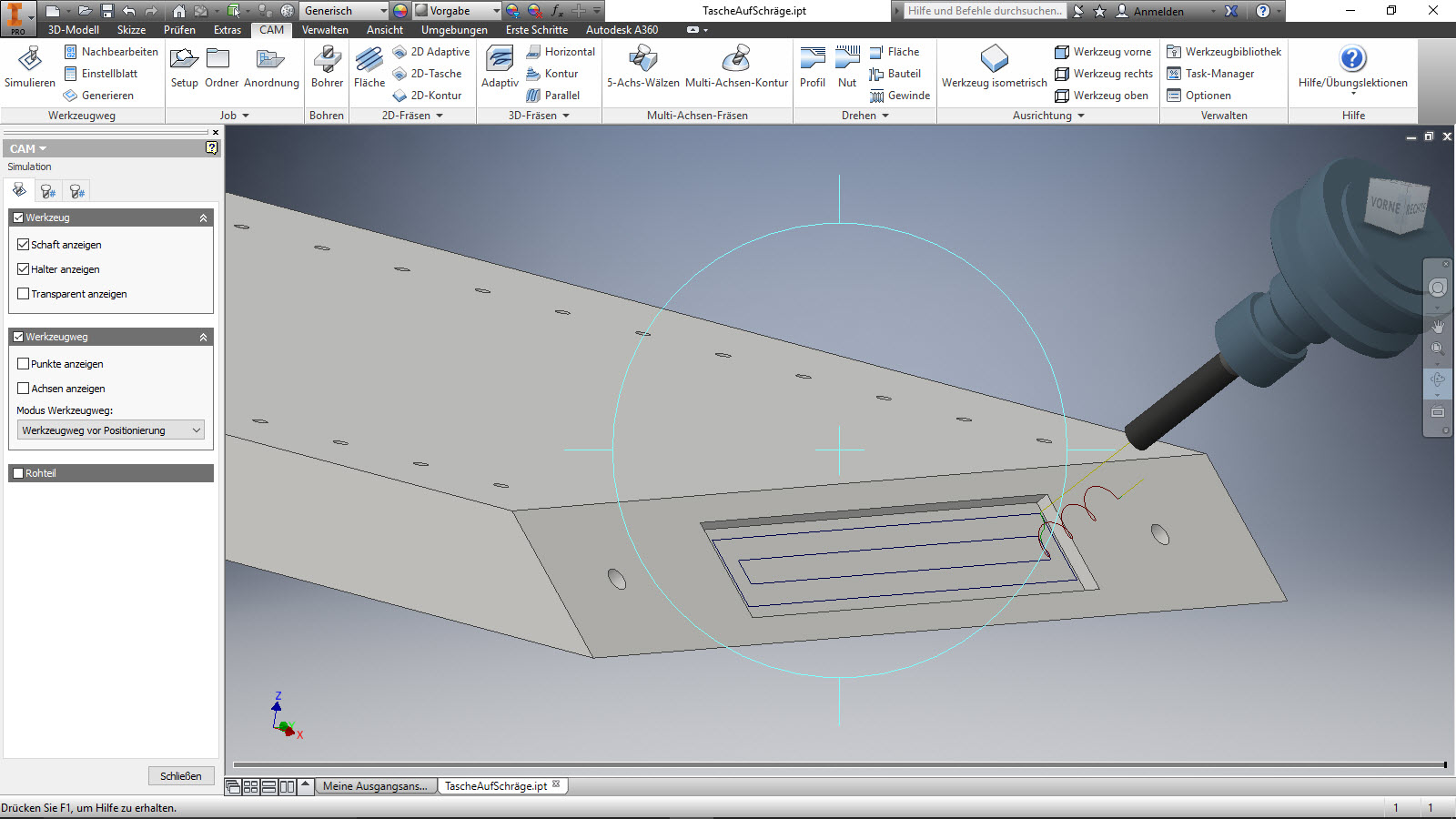

In the 2D Chamfer dialog box, specify whether dimensions options:.Click Sketch tab Create panel Chamfer.The Chamfer tool creates a beveled corner at the intersection of any two nonparallel lines. Alternatively, enter the values in the edit field or right-click and enter a value. Move the cursor and click to set the second, third, and fourth points, depending on the type of slot you’re drawing.The first click sets the center point of the slot the second and third clicks set the start and end points of the slot center arc the fourth specifies slot width. Creates an arc slot by defining the slot’s center point, the end points of the center arc, and the slot width. The first two clicks sets the start and end points of the slot center arc the third click sets the center of the slot arc. Creates an arc slot by defining a center arc and the slot width. The second click specifies the center of a slot arc. The first click specifies the center of the slot. Creates a linear slot by defining the slot center point, the arc centers, and the slot width. The first two clicks specify the start and end point of the slot center line. Creates a linear slot by defining the slot’s orientation, length, and width. The first two clicks specify the arc centers, and the third click specifies slot width. Creates a linear slot by defining the placement and distance of slot arc centers, and then the slot width. Click Sketch tab Create panel and choose one of the following:.To quit, press Esc or click another command.Move the cursor and click to set the second and third points, depending on the type of rectangle you’re drawing.Click in the graphics window to set the first point.The first click sets the center, the second click sets the direction and distance of one side, and the third click sets the distance of the adjacent side. Creates a rectangle by defining the center, direction, and the adjacent side.

The first click sets the center point the second click sets a corner. Creates a rectangle by defining the center, width, and length of the shape. A three-point rectangle can have any alignment. The first click sets a corner, the second click sets the direction and distance of one side, and the third click sets the distance of the adjacent side. Creates a rectangle by defining the length, direction, and the adjacent side. Two-point rectangles are aligned with the sketch coordinate system. Creates a rectangle using two clicks that define diagonal corner points. Click Sketch tab Create paneland choose one of the following:.This file has been truncated.The rectangle tools create rectangles from a corner or center point in two or three clicks. albandechasteigner/GeniusLociForDynamo/blob/master/Nodes/Compound Edges References.dyf It seems to be useful for your workflows. It may be helpful to extract edge curves from an element directly, and it would make sense to do it with the 'Element.Curves node:īut I updated the Compound Edges References node with a new Horizontal references output.If the node ‘ElementFaceReference.BySurface’ can get a face reference from a surface, then curve references should be able to be extracted from that same surface’s edges too. The node ‘ElementCurveReference.B圜urve’ needs to be modified so that it can accept edge curves that are in fact derived from revit faces.If isinstance(IN, list): OUT = allEdges,allReferencesįor the editors of Dynamo OOTB nodes I have two recommendations: The revised platonic version of the python script that can get edges and respective references for a group or single object is below: #Alban de Chasteigner 2019ĮlmtEdges.append(edges.AsCurve().ToProtoType())
#AUTODESK GRAPHIC LINE WITH ROUNDED ENDS UPDATE#
Just as a disclaimer, it’s my first time editing python and somehow I think I managed to update the script without breaking it! My successful run is below:Īlright, so give me a day and a crash course in Python and we’ll see what we can do. If isinstance(IN, list): OUT = allHorzEdges,allVertEdges,allVertReferences,allHorzReferencesĮlse: OUT = allHorzEdges,allVertEdges,allHorzReferences,allVertReferences If isinstance(item, .Wall):ĪllHorzEdges.append(split_half(horzEdges))ĪllHorzReferences.append(split_half(horzReferences)) HorzEdges.append(edges.AsCurve().ToProtoType()) VertEdges.append(edges.AsCurve().ToProtoType()) VertEdges,horzEdges,vertReferences,horzReferences=, Items = UnwrapElement(IN) if isinstance(IN,list) else )]ĪllHorzEdges,allVertEdges,allVertReferences,allHorzReferences=,

It is below: #Alban de Chasteigner 2019Ĭlr.ImportExtensions(Revit.Geometr圜onversion) So… I opened up node ‘Compound Edges References’ and made some adjustments to the python script.


 0 kommentar(er)
0 kommentar(er)
